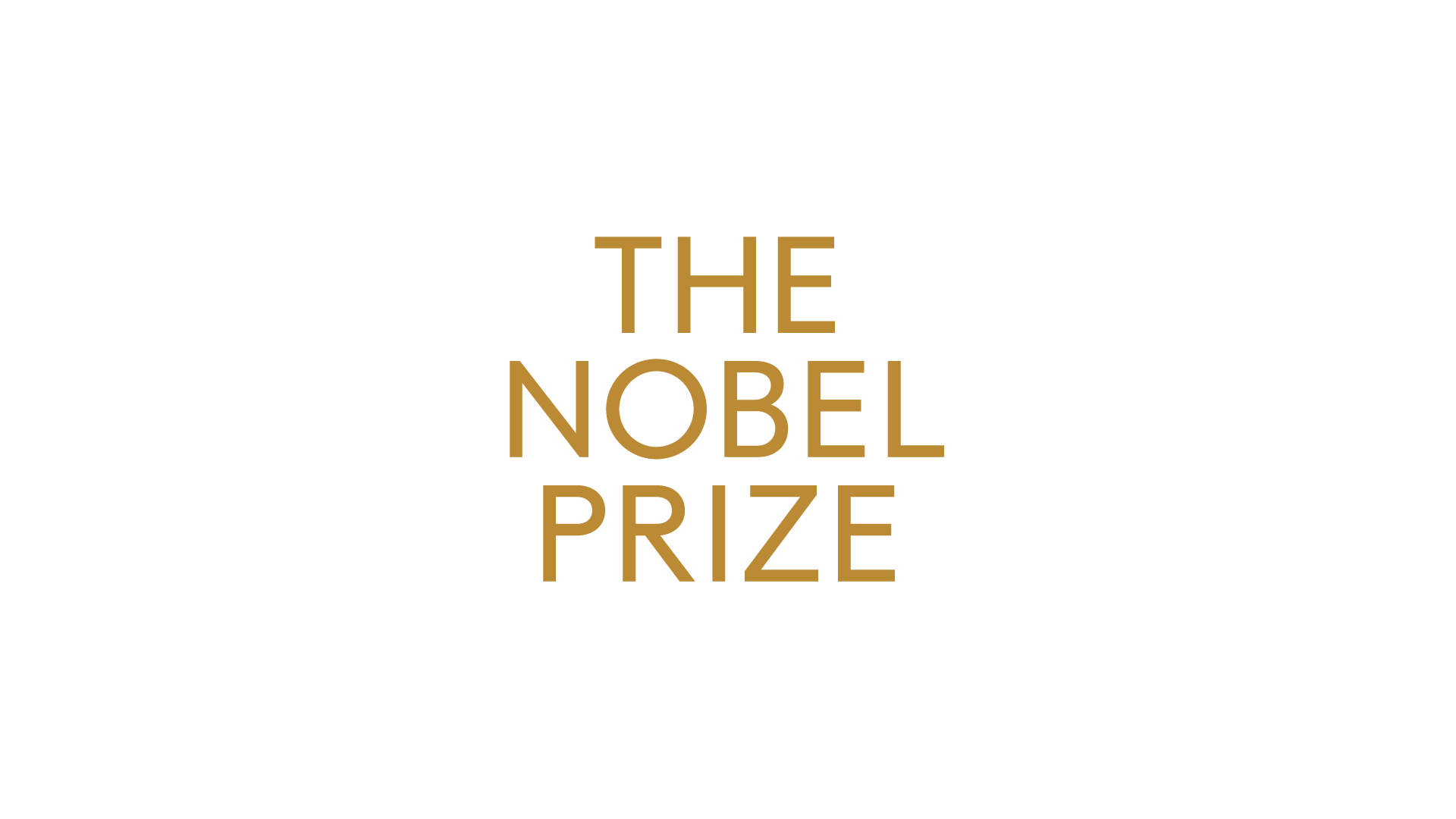Three scientists have received the Nobel Prize in Chemistry for the discovery and development of quantum dots. These are particles that are so small that their size determines their properties. The nanoparticles are used to create colours in some television displays, among other practical and scientific applications.
The Nobel Prize in Chemistry 2023 recognizes the discovery and synthesis of nanometre-sized semiconductor crystals, referred to as quantum dots, the properties of which are determined by quantum size effects.
A quantum dot is a crystal that often consists of just a few thousand atoms. In terms of size, it has the same relationship to a football as a football has to the size of the Earth.
“Quantum dots have many fascinating and unusual properties. Importantly, they have different colours depending on their size,” said Johan Åqvist, the chair of the Nobel Committee for Chemistry.
Physicists had long known that in theory size-dependent quantum effects could arise in nanoparticles, but at that time it was almost impossible to sculpt in nanodimensions. Therefore, few people believed that this knowledge would be put to practical use.
In the early 1980s, Alexei Ekimov succeeded in creating size-dependent quantum effects in coloured glass.
A few years later, Louis Brus was the first scientist in the world to prove size-dependent quantum effects in particles floating freely in a fluid.
In 1993, Moungi Bawendi revolutionised the chemical production of quantum dots, resulting in almost perfect particles.
All three share the prize for the discovery and synthesis of quantum dots. The discovery of quantum dots was an important step in the development of nanoscience.

If quantum dots are illuminated with blue light, they absorb the light and emit a different colour. Modifying the size of the particles makes it possible to determine exactly what colour they glow.
The luminous properties of quantum dots are utilised in computer and television screens based on QLED technology, where the Q stands for quantum dot.
A widespread practical application is using quantum dot enhancement film layer to improve the LED backlighting in LCD TVs. Light from a blue LED backlight is converted by quantum dots to relatively pure red and green, so that this combination of blue, green and red light is more efficiently transmitted through the colour filters in the screen, increasing useful light throughput and providing a broader colour gamut.
Sony pioneered this approach and trademarked its technology as Triluminos, producing televisions using it from 2013. Samsung, LG, and TCL showed products in 2015.
